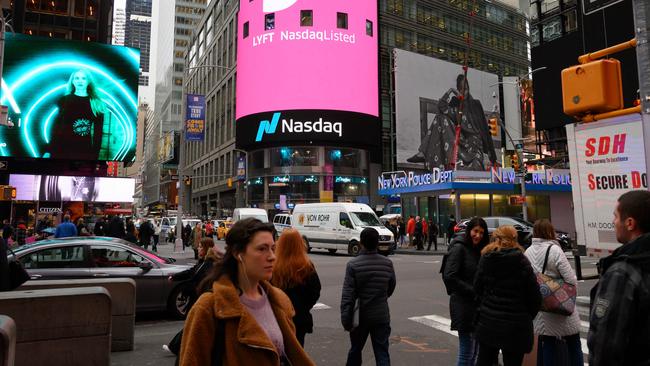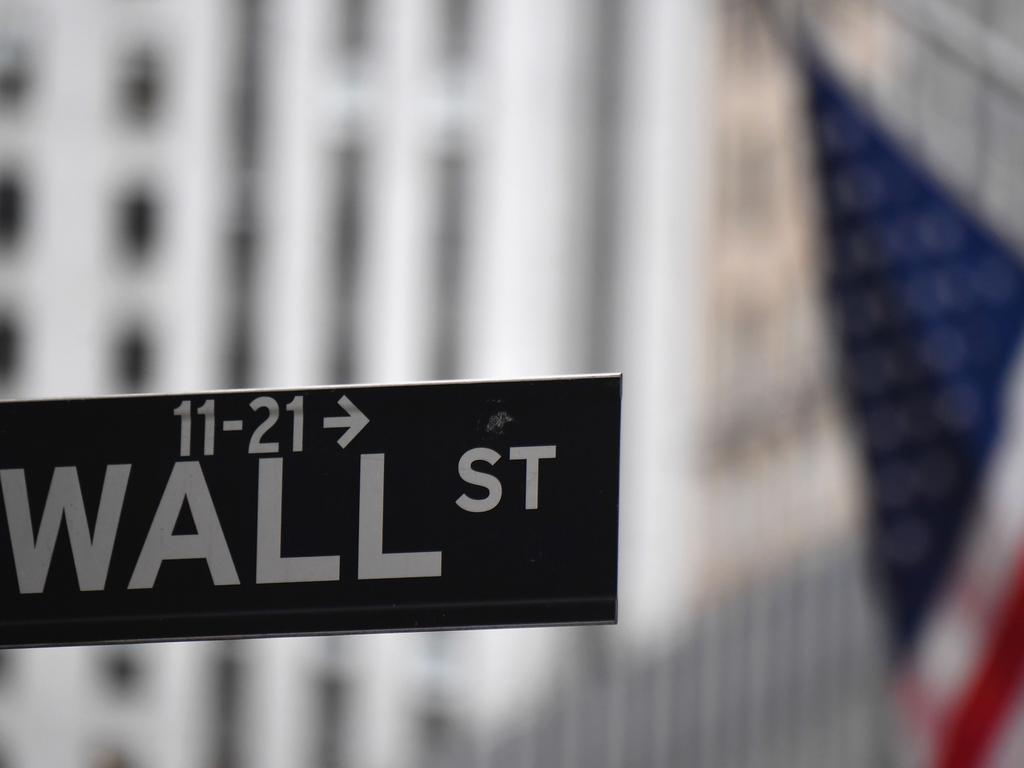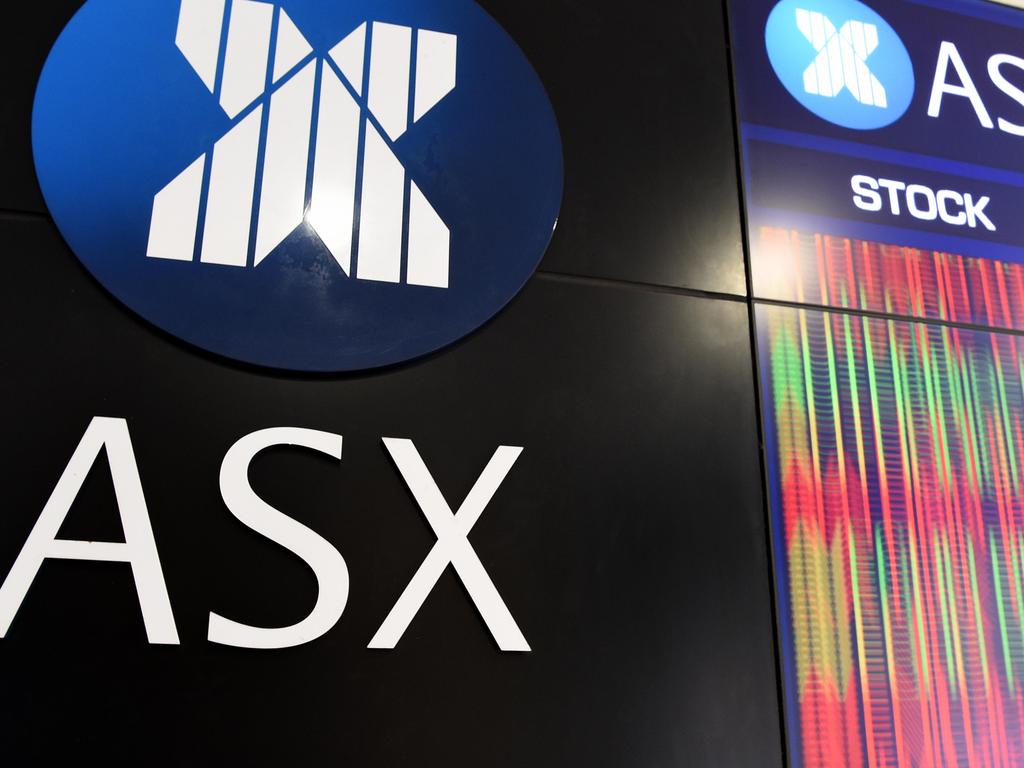US tech stock selldown was technical, say analysts
Analysts say last week’s US tech sell-off was likely technical and not a big change of direction, but the gains of recent months may be tough to repeat.

The local sharemarket is set to remain cautious as it digests Victoria’s road map for an economic reopening, with global markets also guarded while the US remains closed on Monday for a Labour Day holiday.
While intraday rebounds in key barometers of risk appetite such as the S&P 500, the Nasdaq 100, the Australian dollar and copper over the weekend will go some way toward calming nervousness about last week’s sell-off, the S&P/ASX 200 share index may test its August low at 5860.7 after futures fell 0.6 per cent.
Domestic economic jitters may grow after Victoria’s government extended most conditions of its stage four lockdown by two weeks and outlined plans for a slow easing of harsh restrictions on movement contingent on meeting low targets for average daily cases of coronavirus.
Ai Group chief executive Innes Willox said Premier Daniel Andrews’ road map would “prolong the economic and social pain that all Victorians are feeling”.
“The so-called ‘pilot light’ for key parts of industry is not working and businesses employing hundreds of thousands of Victorians that had operated safely for months will needlessly remain shuttered for an indefinite period,” Mr Willox said.
But NAB chief executive Ross McEwan was more conciliatory, saying the “with the plan released (on Sunday) we can see a path out if we all do the right thing”.
“We need to get Victoria and in particular Melbourne open for business as quickly as possible but we need to do it safely and cautiously,” Mr McEwan said.
On Friday the S&P 500 ended down 0.8 per cent at 3426.96 points, after falling 3 per cent to a 3.5-week low of 3349.63 intraday. The US benchmark share index regained its February peak of 3393.52, but shied off the unchanged mark as US 10-year bond yields jumped 8 basis points to 0.718 per cent.
Equity volatility remained well above normal levels, even though the S&P 500 VIX volatility index fell 2.85 percentage points to 30.75 per cent after spiking to a 2.5-month high of 38.28 per cent.
Amid a repricing of risk surrounding a phenomenal rise in concentrated bets by “Robinhood-type” retail investors and Japan’s SoftBank in recent months — mostly in tech stocks — the VIX shot higher than at any point of the TMT bubble of the late 1990s until the bubble burst in the early 2000s.
The high-flying Nasdaq — still up 71 per cent from its March low — fell 1.3 per cent to 11,313.13 after testing its 50-day moving average at 10,858.25 points in a 5 per cent intraday fall.
At its low on Friday, the Nasdaq was down 10 per cent from a record high last week at 12074.06. The NYFANG+ index of US tech giants reversed most of a 7 per cent intraday fall to just 1.1 per cent.
The Wall Street Journal reported on the weekend that in recent weeks, SoftBank spent $US4bn ($5.5bn) on call options, giving an exposure of around $US50bn in Amazon, Microsoft, Netflix and Tesla, adding to shareholdings worth $US4bn in those companies bought since July.
“There were rumours of a whale Nasdaq option buyer a couple of days before,” JPMorgan global markets strategist Nikolaos Panigirtzoglou told The Australian.
“My guess is that some market participants, once they heard these rumours, they tried to squeeze these option buyers out of their positions.
“In all, this is consistent with the idea that this week’s correction is technical in nature and reflects position unwinding by certain types of investors.”
Meanwhile, the Australian dollar closed marginally above initial chart support at US72.72c after hitting a six-day low of US72.22c.
And copper rose 2.9 to $US3.06 a pound on Comex, its best close in 26 months.
Bitcoin bounced strongly off $US10,000 after completing a minor head and shoulders top pattern after more than trebling since March, but some other risk assets continued to fall.
“The correction in risky assets that started with a turn in the Euro/$US narrative and bled into bitcoin, gold, oil, Apple, and then the Nasdaq may have run its course,” said Stephen Innes, chief global markets strategist at AxiCorp. “Even if the Nasdaq keeps peeling lower, this may be viewed as idiosyncratic Nasdaq repricing, not a global macro event.”
Brent crude oil futures fell 3.2 per cent to a two-month closing low of $US42.66 a barrel — below its 50-day moving average for the first time since May — while lumber futures dived 4.3 per cent to $US641.50, down 22 per cent in the past six days after almost trebling since April.
JPMorgan’s Panigirtzoglou — who warned of “downside risks” a week ago — said last week’s significant reduction in previously extreme long positions in Nasdaq stocks by momentum traders should allow the equity market to recover over the coming weeks.
However, a repeat of the strong gains during July and August is “less likely” in the next two months. “This is not only because the significant reduction in the short base that we saw on US individual stocks in July and August is less likely to be repeated given the much lower starting point currently, but also because of the event risks we see into September-October, although we recognise that the steepness of the term structure of implied volatility suggests that these risks are well flagged.”
He previously warned a failure by the Fed to back its new average inflation targeting framework with policy action in its September meeting is likely to disappoint risk markets, and narrow betting odds in the US election raised the prospect of a very close result with political gridlock and a lack of policy action potentially for months after the election.
But similar to June 11 this year, when the Nasdaq fell 5.3 per cent before bottoming the next day, Mr Panigirtzoglou said last week’s sharp declines “removed some of the previous froth”.
“Although collectively investors are still underweight equities on the most holistic of our position indicators, we did find some signs of overextension with low short interest in individual US stocks and extreme long positioning on US equity indices by momentum traders such as CTAs,” he said. “We believe some of these previous signs of overextension are reduced … in particular Nasdaq, for which momentum signals rose on Wednesday to even more extreme levels relative to early June.”
But an unusually low short base on individual US stocks increased slightly, suggesting institutional investors remain bullish.








To join the conversation, please log in. Don't have an account? Register
Join the conversation, you are commenting as Logout